Once your charter a yacht and get to the starting port of your sailing holiday, there are some additional costs of sailing which can surprise you.
In most cases, you will find costs “payable in base in cash” on your booking confirmation. Those costs are usually a transit log, outboard engine, tourist tax and additional extras. Extras like a stand-up paddle, canoe, SeaBob, or some other water toys. Costs above are a part of your booking confirmation, so always read it thoroughly. When talking about the “hidden costs” of sailing, we think about costs like port, buoy or anchor fees. Followed by costs of skipper/hostess’ food and drinks, as well as for the whole boat crew, and fuel.
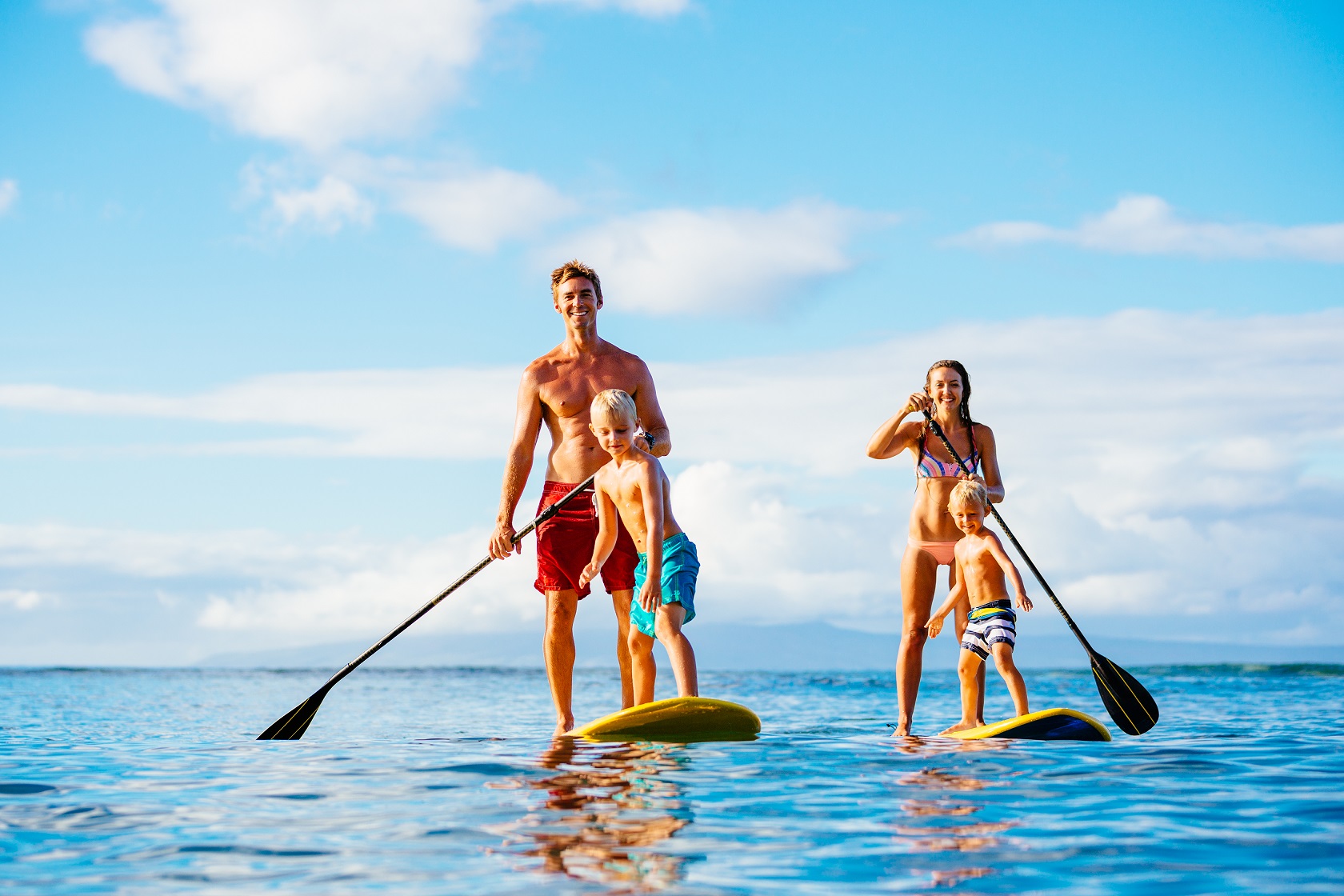
Port, Buoy and Anchor
Leave your port and sail out with the wind. At the end of the day, you will need to anchor, dock or tie your yacht to the buoy. Anchoring is the most budget-friendly option since, in essence, it is free of charge. With the exception of when the bay in which you are dropping the anchor is under concession and you must pay an anchoring fee. Anchoring is also the least safe when compared with a buoy and port.
Tying your yacht to the buoy will always cost you certain amount of money. It all depends on the yacht length and rate for the certain sailing area/bay. Buoys are quite safe during bad weather if they are in good shape. Buoys combined with the well sheltered bay can guarantee you safety during bad weather. Sometimes you will find restaurants with their private buoys where you can tie your yacht for free. But only if you are having meal at that same restaurant.
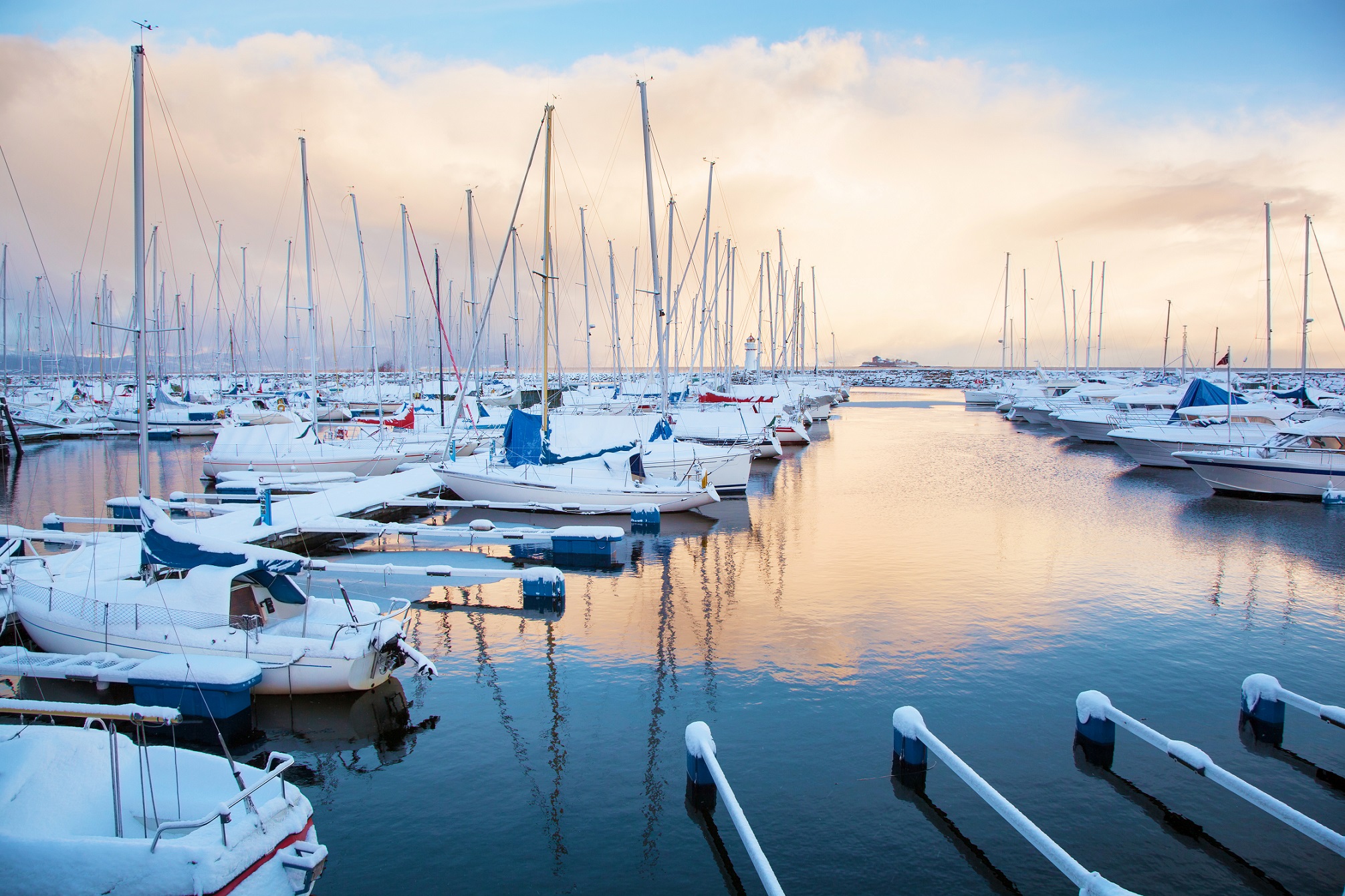
Mooring at the port is the most expensive solution for more reasons. Most importantly, you will have shore power (220 V electricity) and water supplies. It will give you certain amount of comfort. Ports are usually the safest solution for spending the night during the bad weather. Port fees go by the yacht length. They vary from port to port (if ports are not part of the same chain). You can moor in a port without using electricity and water, so those services will not be charged.
Fuel Costs
When sailing on a sailing yacht, there is a great amount of sailing which depends on the weather. If there is enough wind to sail and maintain the decent speed of sailing 5-7 knots, there is no need of motoring the sailing yacht. In case of no wind, you will sail by using an internal combustion engine and consume some of the diesel fuel. Depending on the yacht weight, length and a few other factors, the sailing yacht will consume between 5 and 10 litres per hour. A catamaran will use around 20 litres per hour. If sailing on a motor yacht, your consumption will significantly vary depending on the yacht length, weight and number of engines installed. Here we are talking about numbers such as 50/100/200+ litres per hour.
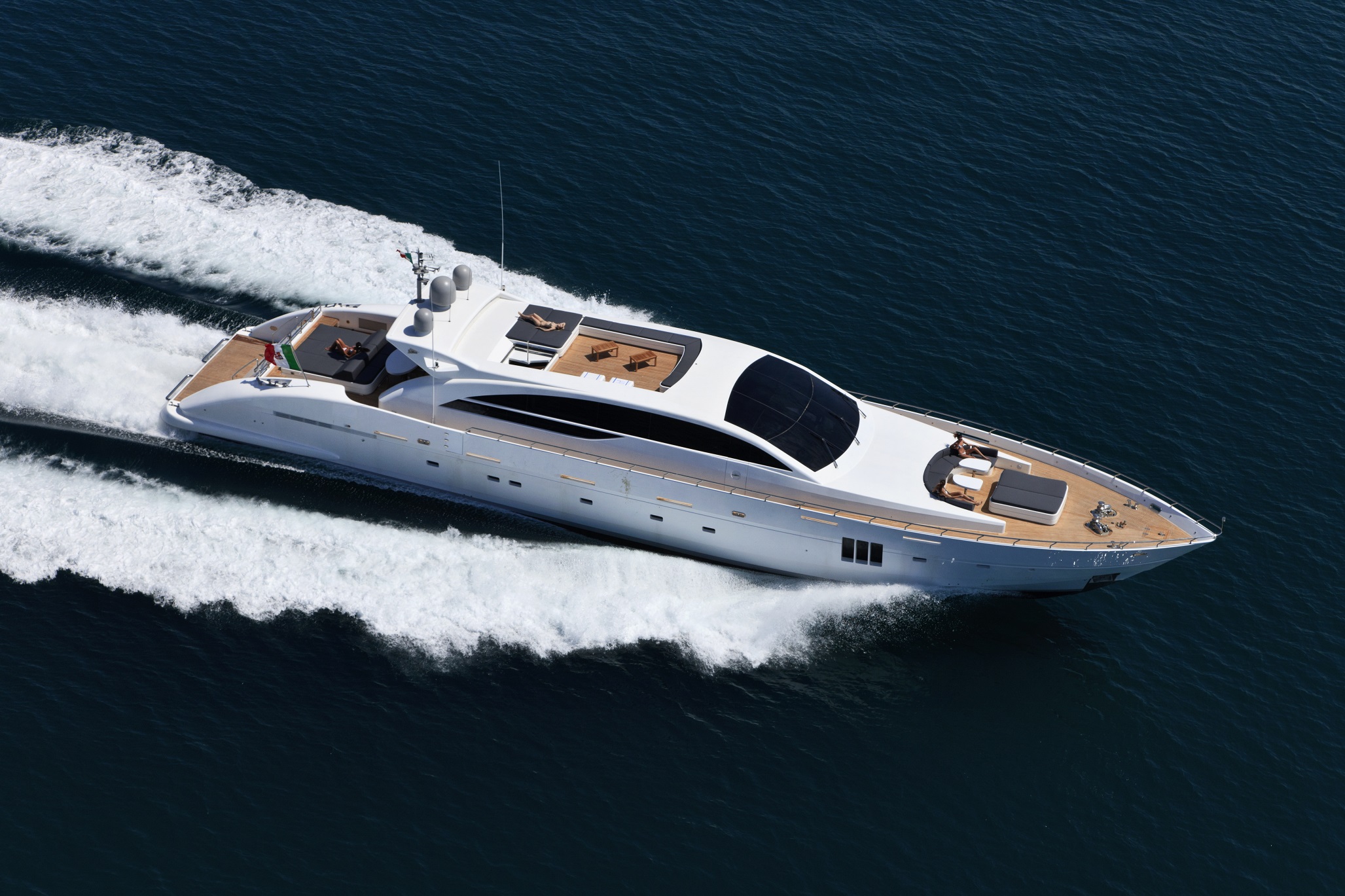
Food and Water Costs
Buying drinking water can be tricky. But the rule of thumb is to count on 2-3 litres of drinking water per person per day. There are people that consume less or more, but this is an average. It is always better to buy more water. Since it can happen that you will not find drinking water on some islands or places which you will visit during your sailing holiday. Do not forget to buy enough water for your crew (skipper, hostess or chef) if you are a person in charge of provisioning shopping.
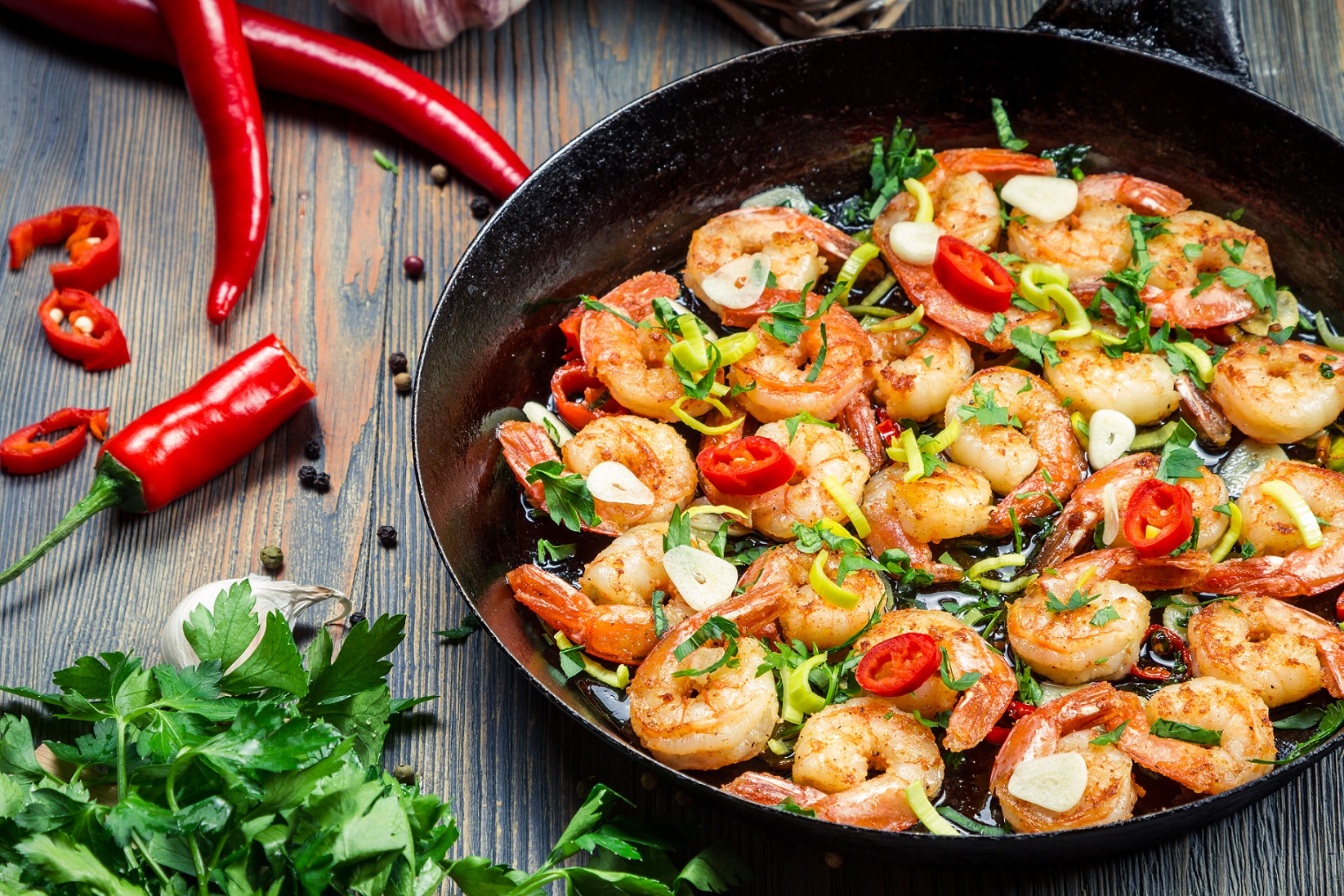
When buying food for a yacht, take into consideration the volume of the fridge, since normally it is quite small when comparing it to conventional which you have at home. Fridge volume is tight, so try to focus your shopping to long lasting food which you do not need to store in the fridge. Consider that stores on the islands have higher prices than those on the mainland and same goes for the restaurants too.
APA – Advance Provisioning Allowance
Advance Provisioning Allowance is designed to provide customers ultimate sailing holidays. In essence, the APA is an amount which you pay after the booking is confirmed and is used to cover the costs of fuel, mooring fees, food, drinks and any other expenses related to comfort on board the yacht. When compared to basis charter price, the APA amounts for 25-30% of the basis charter price.
All the APA expenses are tracked and client can request a rundown of all expenses till that point. It can happen that at the end of the sailing holiday there are still founds on the APA account. The rest of the funds are returned to the client in cash. In case the APA funds are not enough for the week, the client will pay certain amount additionally which will be sufficient to cover expenses till end of the sailing holidays.

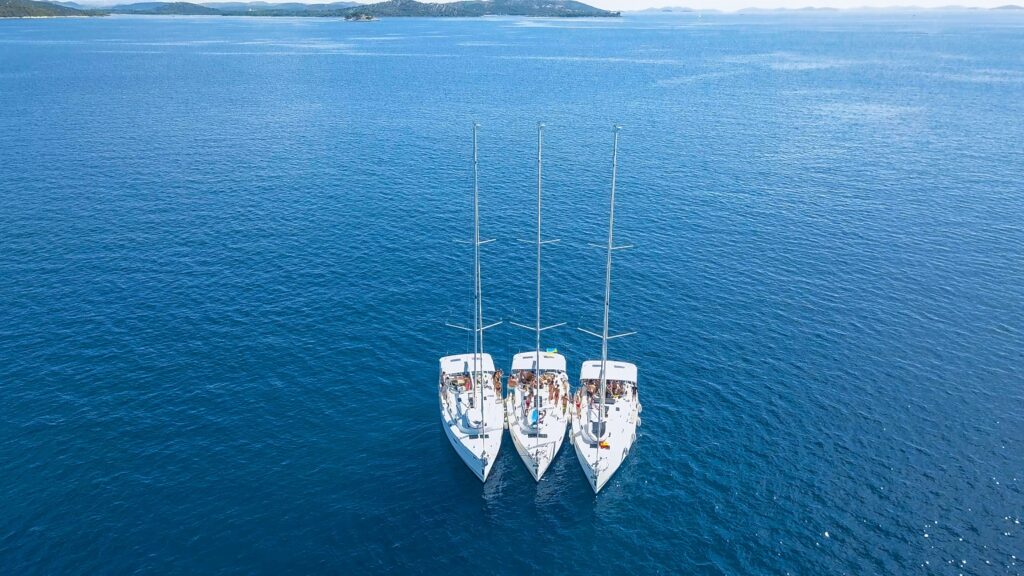
My friends and I are planning a one-of-a-kind bachelor party, and we’re thinking about booking an Alaska private yacht charter. We’re envisioning fishing, grilling fresh catch on deck, and enjoying the ultimate guys’ getaway while cruising through stunning scenery. We will just keep in mind that a sailing boat requires a lot of sailing, most of which is weather-dependent.